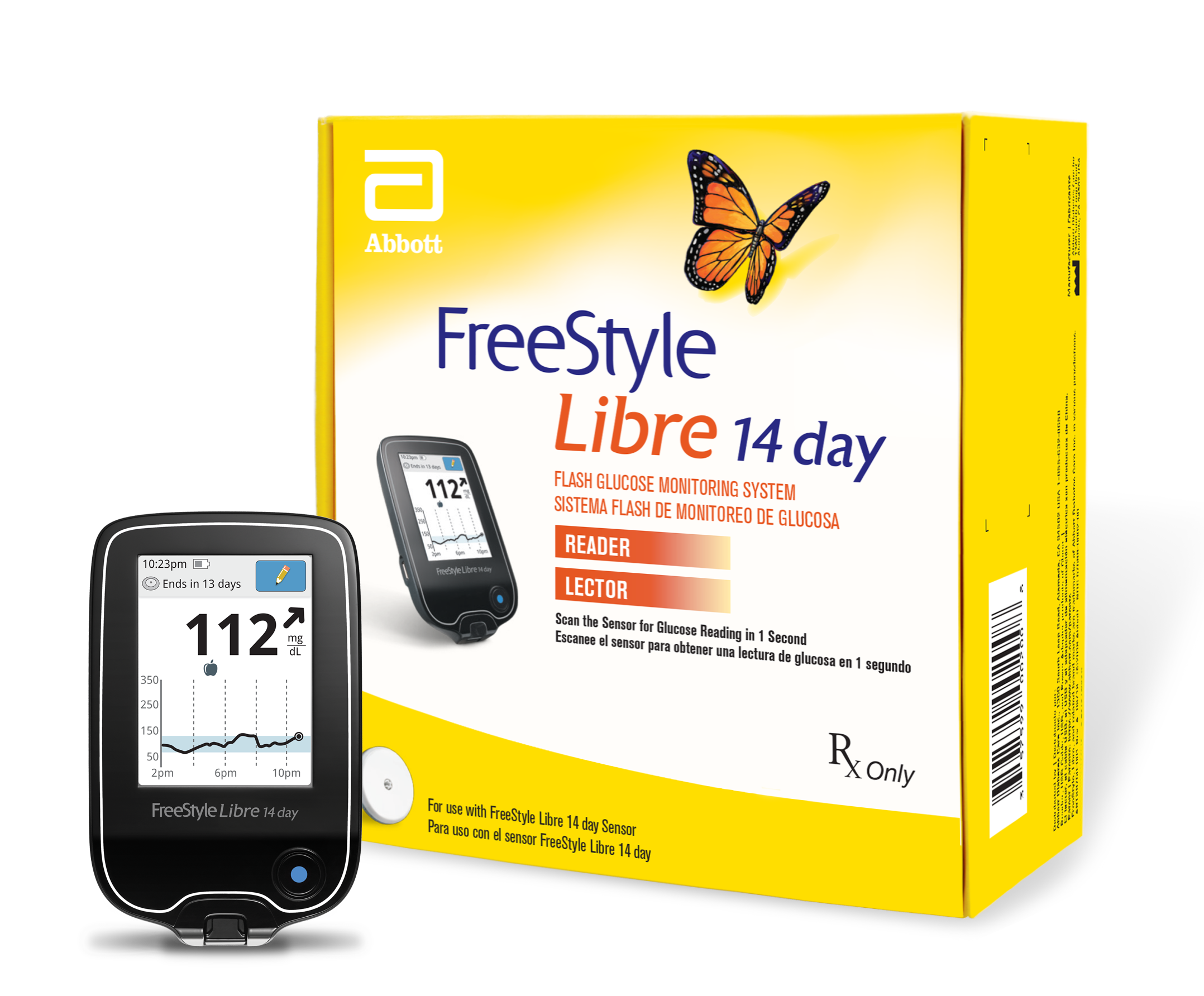

The present study conducted a cost analysis of the FM system versus SMBG in adults with T1DM and MDI therapy in Spain.Ī cost analysis model was developed to estimate the economic impact associated with glucose monitoring and the management of hypoglycemic events in patients using the FM system as compared with standard practice based on SMBG only. The lesser consumption of healthcare resources associated with the FM system, resulting from fewer hypoglycemic episodes and a lesser consumption of SMBG supplies, could lower the overall cost of management in patients with T1DM subjected to intensive insulin therapy.

These results were also seen for the subgroup of patients with T1DM with multiple dose insulin (MDI) therapy. 15 In addition, the users of the FM system reduced their need for finger-prick glycemia measurements by up to 91% vs SMBG. In the IMPACT study, the patients in the FM arm experienced a statistically significant decrease in the number and mean duration of hypoglycemic episodes compared with the patients in the SMBG arm. The clinical evidence of the FM system has been evaluated in randomized clinical trials in both the T1DM population of the IMPACT study 15 16 and in patients with type 2 DM (T2DM) in the REPLACE trial.
#Freestyle libre flash glucose monitoring system cost software
The FM system is accompanied by a digital ecosystem with free mobile applications (FreeStyle Libre Link and FreeStyle LibreLinkUp) and virtual software (LibreView) that simplify glucose monitoring, allowing better management of the disease and facilitating connection between professionals and patients. 14 FreeStyle Libre is fully or partially reimbursed in 36 markets. 12 13įreeStyle Libre 2 is an interstitial fluid glucose flash monitoring (FM) system with optional alarms, marketed and available in Spain, being fully reimbursed under the Basic Services Portfolio of the Spanish National Health System (Sistema Nacional de Salud) for T1DM population. The barriers complicating patient adherence to the SMBG recommendations include physical (related to pain and discomfort), psychological (fear, frustration), social (interference with lifestyle) and economic factors. 8 However, current monitoring based on the self-monitoring of blood glucose (SMBG) has significant limitations, 9 especially low patient adherence to the monitoring recommendations established by the national 10 and international scientific societies. 6 7īlood glucose monitoring has been shown to be useful for controlling the HbA1c levels, and there is evidence that an increase in monitoring frequency contributes to achieve the aforementioned therapeutic objectives. However, despite the pharmacotherapeutic advances of recent years, a proportion of patients are still unable to maintain their blood glucose levels within the recommended limits. The development of hypoglycemia is associated with increased complications and morbidity-mortality in patients with DM, 4 and moreover has an impact on patient productivity and increases the overall associated costs. Health outcomes may be improved through interventions targeted to a triad of therapeutic goals: the reduction of glycated hemoglobin (HbA1c) levels, the limitation of glycemic variability and the reduction of hypoglycemic episodes. The clinical management of type 1 DM (T1DM) is oriented toward the individualization of therapy, including the promotion of an adequate lifestyle together with the use of insulin-based treatments 3 adapted to the patient characteristics and preferences. In Spain, it has been estimated that the direct costs associated with the disease may reach €5100 million, representing 8% of global public health expenditure. 1 In addition to its great and increasing clinical relevance, DM also has an important economic impact. Correspondence to Itziar Oyagüez ĭiabetes mellitus (DM) is a chronic disease that according to WHO affects >422 million people worldwide.8 Department of Endocrinology and Nutrition, University Hospital Complex Badajoz, Badajoz, Extremadura, Spain.7 Endocrinology and Nutrition Unit, Segovia General Hospital, Segovia, Spain.6 Division of Pediatric Endocrinology, Hospital Sant Joan de Deu, Barcelona, Catalunya, Spain.5 Endocrinology and Nutrition, Cruces University Hospital, Barakaldo, País Vasco, Spain.4 Endocrinology and Nutrition, Puerta de Hierro University Hospital of Majadahonda, Majadahonda, Madrid, Spain.

3 Endocrinology and Nutrition, La Fe University and Polytechnic Hospital, Valencia, Spain.2 Department of Medicine, Universitat de València Facultat de Medicina i Odontologia, Valencia, Comunitat Valenciana, Spain.1 Pharmacoeconomics & Outcomes Research Iberia, Pozuelo de Alarcon, Madrid, Spain.


 0 kommentar(er)
0 kommentar(er)
